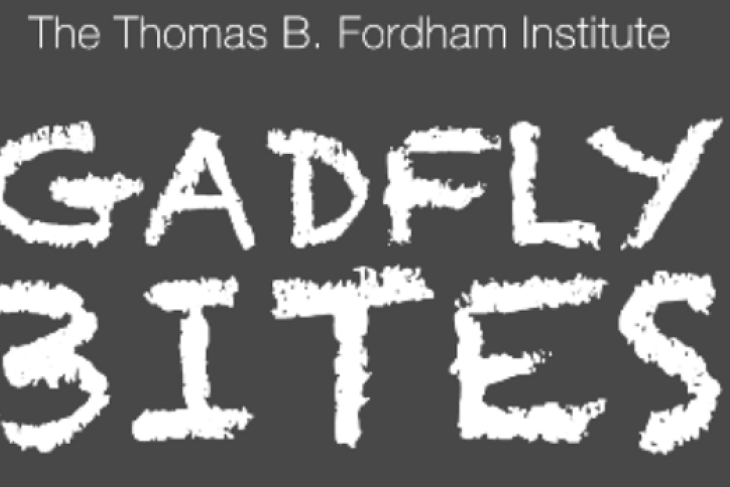- Columnist Tom Troy (also an associate editor) at the Blade, joined the chorus of voices disappointed in the output of the state’s Report Card Advisory Committee. Interestingly, it’s not because some district he believes is awesome got a low grade—as with many of the choristers thus far. Instead, he is sure that the A to F grading system is wrong/broken/punitive/abominable (delete as needed) because a district he believes is NOT so awesome got an A. Imagine that! Fordham is mentioned in the column, lumped in with the “interest groups” who contributed to the committee’s work. (Toledo Blade, 12/20/19) In reporting on the “choir concert” around state report card mechanics, the Chronicle was more specific—noting that Fordham was one of only two committee contributors who recommended sticking with the use of A to F grading (which is the stated bone of contention, although obviously only a stepping stone to ultimately scrapping the whole shebang). Ohio Excels, by the way, was the other group in the pro A to F camp. Good company if you ask me. (Elyria Chronicle, 12/20/19)
- Speaking of Fordham, while Innovation Ohio’s Steve Dyer provides most of the material for this look at the EdChoice voucher program (you know what I mean), our own Aaron Churchill gets the last word. He points out, quite reasonably I feel, that an increase in voucher eligibility will only result in an exodus of students if their families feel they need another option. In fact, if these suburban schools are as great as their supporters say they are, they should really have nothing at all to worry about here. Why is that not the story? Asks your humble clips compiler, rhetorically. (Cleveland Plain Dealer, 12/19/19)
- And speaking of Ohio voucher programs, Mansfield mom Tera Myers penned an opinion piece in the Washington Examiner this week where she lauded the Jon Peterson Special Needs Scholarship for the enormous improvement it made in the educational opportunities—and life opportunities—for her son Sam. Nice! (Washington Examiner, 12/19/19)
- Honestly though, if K-12 education was as great as some folks are desperately trying to convince us it is, surely the higher education sector would not have any need to want to improve “underperforming” schools in the K-12 system. But since this piece says they are trying to do exactly that, which message are we to believe? As a personal caveat, the waffly language used by the spokespeople for this “movement” and the flabby examples given of “actions” being undertaken by some colleges don’t exactly inspire much confidence in me that they will have any positive impact whatsoever. So maybe it doesn’t even matter who’s right. (Times Higher Education, 12/20/19)
- Speaking of performance, the good folks at Preschool Promise in Cincinnati are this week touting a record level of kindergarten readiness among their charges, attributable to the pre-K programming to which the little ones have had access. Who am I to quibble with that? (Cincinnati Enquirer, 12/19/19)
- Another day, another empty room. The superintendent of Garaway Local Schools, a small district well out into the boonies of northern Ohio, appears ready to use his wellness funding windfall from the state—nearly $700 K over two years, he estimates—to build an empty room. Where have we heard this before? There is no discussion of any activities that might go on in Garaway’s Room of Emptiness—you know, any programming that might actually help boost student wellness—but the fact that Supe did specify the location where he wants the room to go indicates to me that he’s definitely got a use in mind for it…eventually. But I’ll wager it ain’t wellness-related. (The Times Reporter, 12/19/19)
Did you know you can have every edition of Gadfly Bites sent directly to your Inbox (in case you want to fill up your personal empty room by signing up for such a newsletter)? Subscribe by clicking here.
Policy Priority:
Topics:




